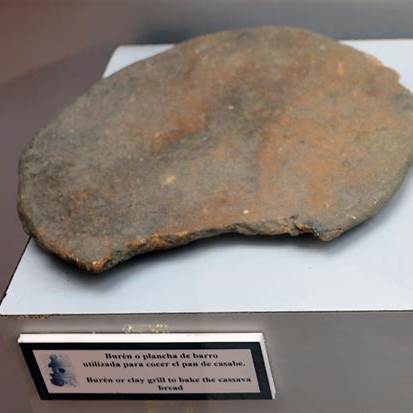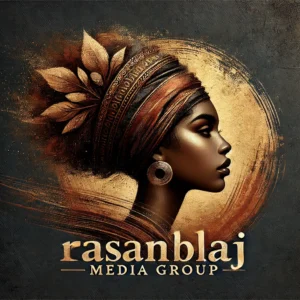it is a flat ceramic griddle, used for baking cassava bread, a staple of the Taíno and other Indigenous Caribbean peoples. But to reduce it to mere function is to ignore what it represents.
For the Taíno, the burén was survival. It was the final stage in the delicate, time-honored process of transforming cassava—a root that, in its raw state, carried the threat of poison—into nourishment. The women, the keepers of this knowledge, would scrape, press, and dry the cassava before laying it on the burén, where fire would render it safe, edible, sustaining.
And like all things that endure, the burén has traveled. It is still found in the countryside of Haiti, the Dominican Republic, Puerto Rico, and Cuba, where cassava bread is still made, the past echoing in the rhythm of hands pressing dough against clay.
Even in enslaved African communities, where survival was about adaptation, the burén remained. It was used not just for cassava, but for plantains, corn cakes, for anything that could be pressed flat and cooked quickly over an open flame.
The colonizers came, the plantations rose, and yet, the burén stayed. It sits now in museums, among the artifacts of a people once called lost, as if they were ever truly gone. But it is also still in kitchens, still in hands that remember. The burén has outlived empires. It will outlive more.

